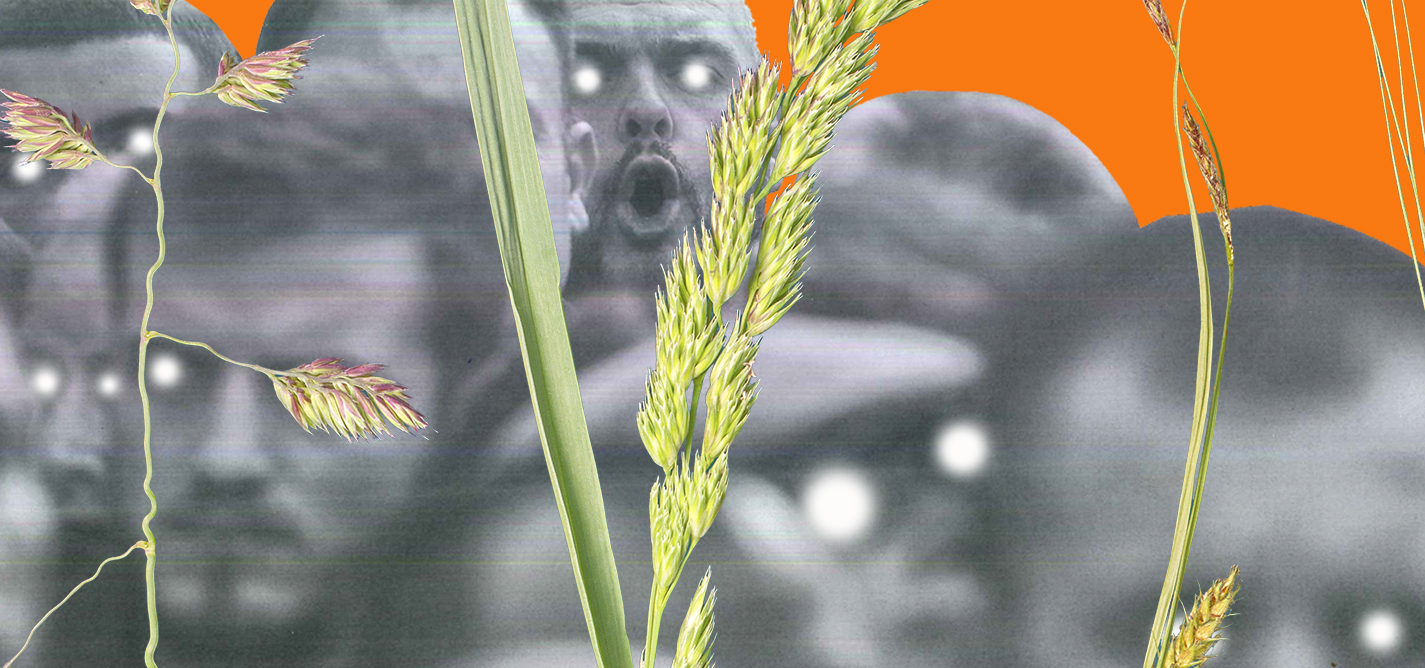
Brewing culture for the crowds
Welcome to K2.0’s latest monograph — ‘Cultivation.’
|2019.06.02
|
All too often, contemporary artists and many culture-makers have failed to learn or remember that lesson from this world of communications.
We’re speaking music, street art, films — and even language.
The positive “cultivation” of permanent spaces in which to grow, exchange and inspire our cultural expressions on a daily basis become more necessary than ever before.

Cristina Marí
Cristina Marí is a board member of K2.0. Cristina has a bachelor’s degree in journalism from the University Complutense of Madrid in Spain and the University of Bucharest, Romania.
DISCLAIMERThe views of the writer do not necessarily reflect the views of Kosovo 2.0.
This story was originally written in English.